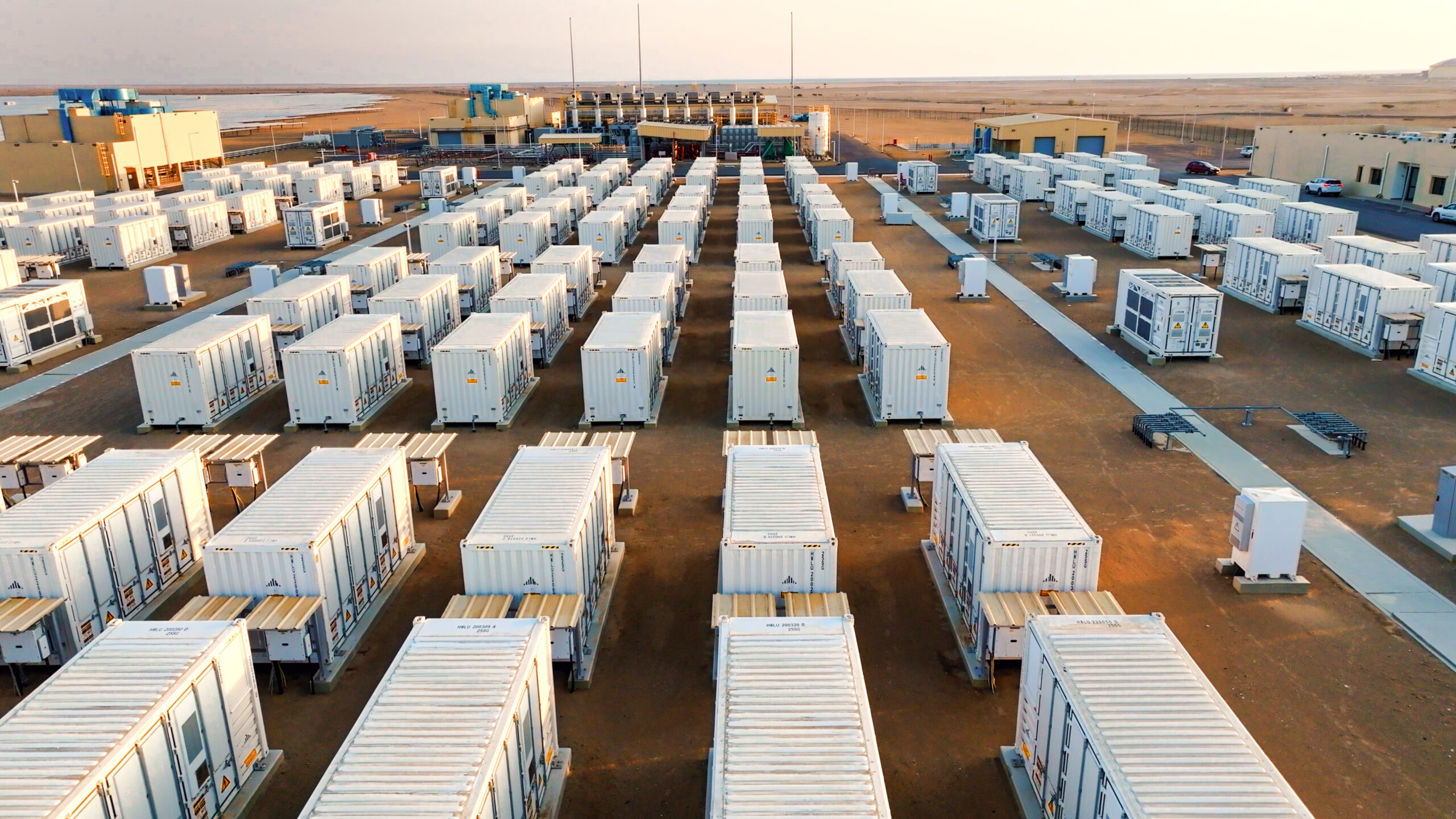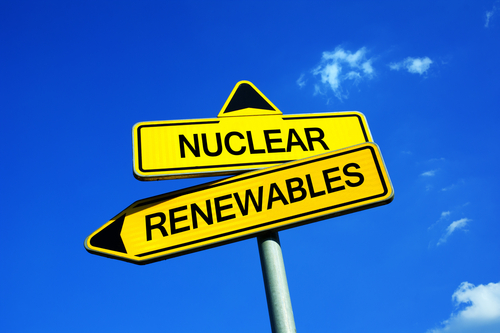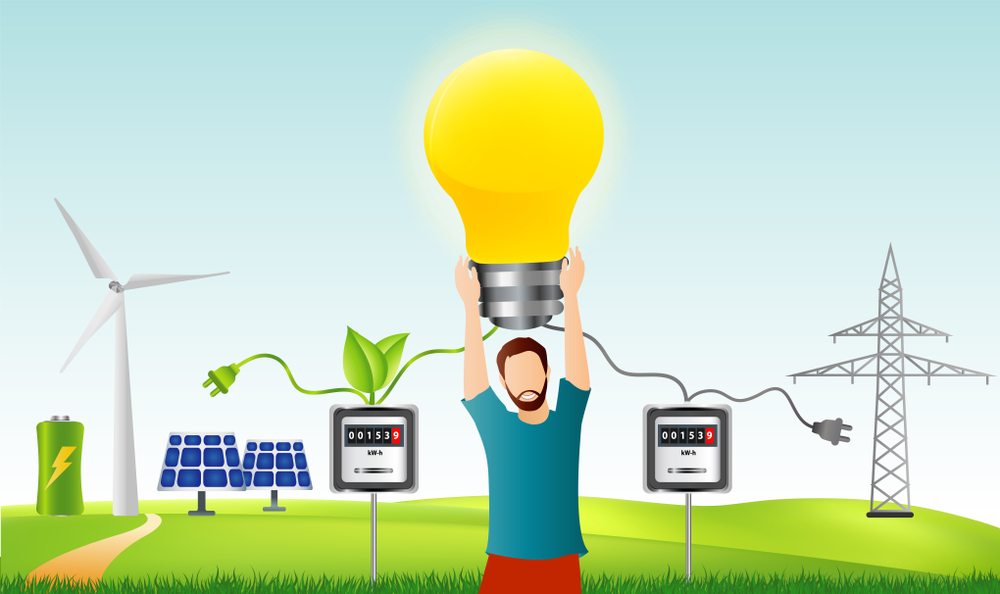
A stream of customers often visits the offices of Bahamas Power & Light (BP&L) with checkbooks in hand and children in tow to pay their bills and turn their power back on after they’ve been shut off for non-payment, said Michael Clark, CEO at Encorp, a microgrid controls provider working with the utility to deploy microgrids.
“This is where I got a sense of humanity,” he said.
That dose of humanity from utility customers is a reaction to electricity prices as high as 38 cents/kWh — predominantly based on dirty diesel fuel.
Under a new model embraced by the government, a fleet of microgrids financed through power purchase agreements (PPA) is expected to lower those costs, provide resilience and help the islands meet their Paris Accord commitments to cut carbon emissions. Encorp is a key player in this model, providing controls that will serve as the brains of the microgrid fleet and offer the utility a real-time view into its operation.
The plan is a significant departure from how power is now delivered to the islands.
Right now, BP&L provides electricity and energy services to 17 islands with 29 diesel power stations. They are scattered across the islands and not linked together by a common grid. The power stations are also vulnerable to storms and hurricanes. In 2019, Hurricane Dorian killed dozens of residents, left nearly 30,000 people homeless and resulted in $3.4 million in damages.
If you’d like more of our news and analysis, join the Energy Changemakers community, starting at only $59.99/year
The country can’t afford to replace existing power stations by paying the capital costs of installing new renewable energy technologies, said Verron Darville, deputy director of energy at the Ministry of Energy and Transport.
That means it can’t deploy the technologies needed to meet its commitments under the Paris Accord, which call for the Bahamas to supply 30% of generating capacity with renewable energy and slash fuel imports for energy by 30%.
The microgrids, to be provided by eight independent power producers (IPPs), use liquid natural gas (LNG), solar and energy storage.
“This is the first time in the history of the Bahamas that we’ve had power purchase agreements,” Darville said.
Under the 25-year agreements, the independent power producers — which must be at least 50% Bahamian-owned — will sell power to BP&L for an agreed price per kWh.
Why LNG microgrids
The government’s first action item is to install LNG microgrids as a transitional move. LNG, which is created by chilling natural gas to minus 260 degrees Fahrenheit so that it becomes a liquid state, can generate 18% more power than diesel and release 30% fewer emissions, Darville said. The government will power a vehicle with LNG and will transport the fuel to the power producers.
Customers will see a significant price reduction as a result of this model. The 22 cents/kWh fuel surcharge associated with diesel generator deployment will be cut in half once the islands start using LNG, he said.
The government expects about 270 MW of LNG microgrids to be installed in New Providence this spring. The solar and storage projects, with a capacity of about 100 MW, are expected to come online by the fourth quarter of 2026.
As the microgrid fleet is deployed, the Bahamas will retire a portion of its diesel generators.
Standardized microgrid controls
It’s important to gain a big-picture view of the microgrids once they’re deployed on the various islands, Darville said. The government chose Encorp to provide controls for each facility — and for existing diesel generators that might serve as backup if the IPP-provided microgrids exhaust their fuel supplies during peak demand periods.
“The Encorp controller would basically be the brains of the operation that would do economic dispatch for all of the generators on the island,” Darville said.
Some of the IPPs complained about having to buy the Encorp controls, saying they could acquire less expensive controllers on their own, but the government wanted standardized controls.
BP&L will also have to buy the controls for its existing diesel generators. The company will need to upgrade its infrastructure, and the Inter American Development Bank is providing a $1.7 billion loan to complete those upgrades, Clark said.
Replicating microgrids throughout the Caribbean
Microgrids are seen as a model for providing power to islands. In 2019, after Hurricane Dorian ravaged Ragged Island, RMI, a nonprofit that aims to scale renewable energy, helped BP&L design and install a 390-kW solar microgrid that supplies power to all island residents. After that microgrid was installed, the Bahamas deployed renewable microgrids totaling nearly 6.5 MW on Highbourne Cay, Chub Cay and Over Yonder Cay.
To ensure such projects can be replicated in other parts of the Caribbean, RMI has been trying to establish a commercial market. It’s using philanthropic grant dollars for project development and showcasing the projects to governments and utilities.
Showcasing projects is also a focus of BP&L. Customers aren’t aware of what the utility is doing to lower prices and meet climate goals. There’s some misconception about why prices are so high, Darville said.
To educate citizens, Encorp is installing touchscreens at the utility headquarters, the Ministry of Energy and Transport and the prime minister’s office. The screens will show in real time how much energy the microgrid generates and how much power comes from solar, LNG and battery storage.
“We’re responsible for public awareness of the energy sector and of things that we’re doing to improve the energy sector because it’s one of those sectors that is very much misunderstood,” Darville said.
Sign up for our free Energy Changemakers Newsletter.



